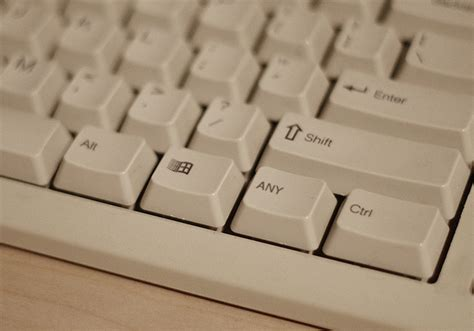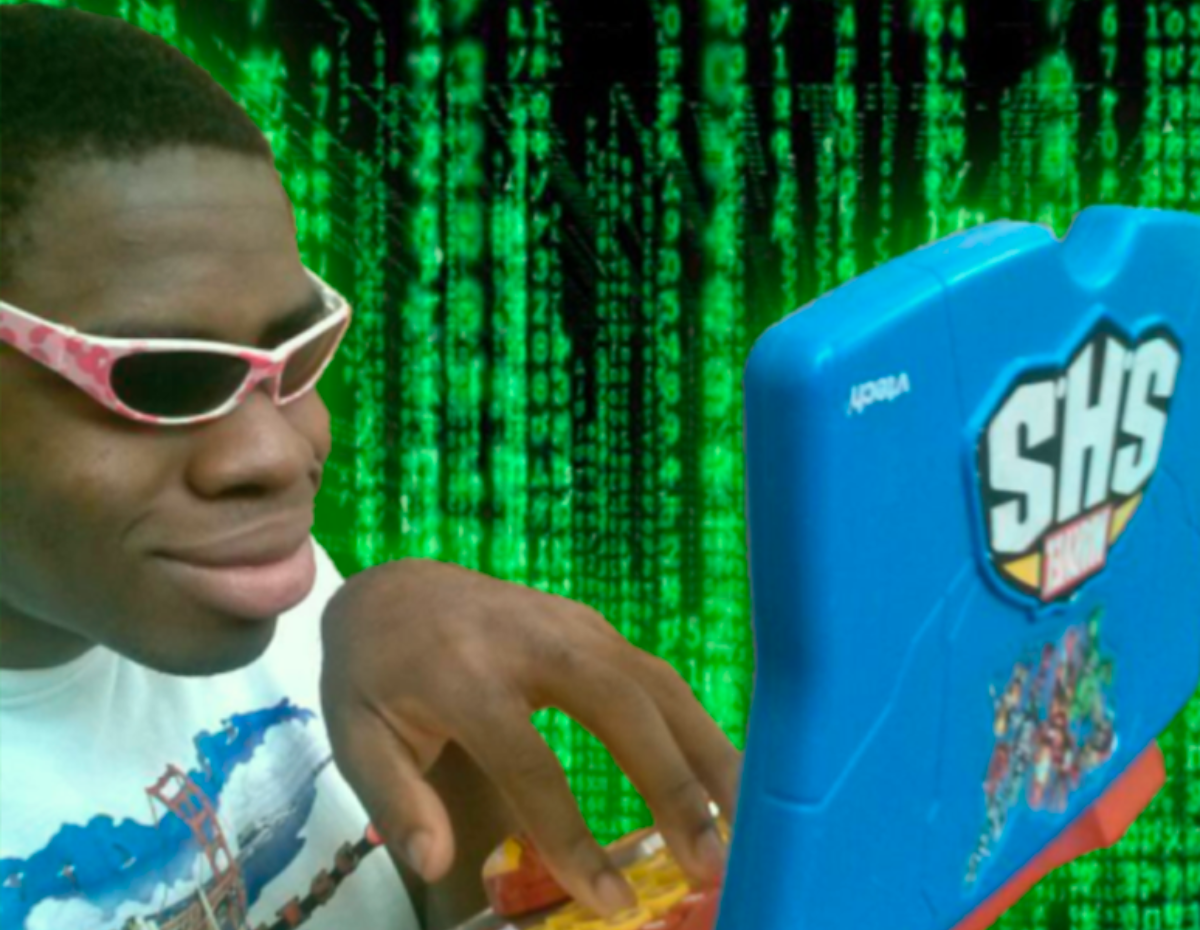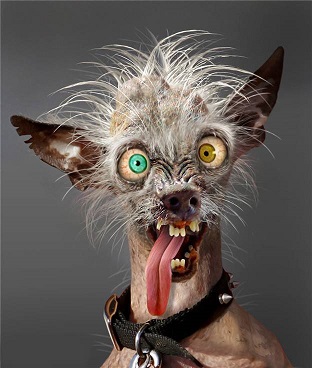I installed it from the Calamaries Installer found in the LIVE USB ISO this time. And Instead of my primary hdd, I installed it on the other one. Works now, thanks for all of your support, dear nerds.
Looks like the installer and grub is confused about the hard drive order different in instaler and different while booting, both those drives could also have the same partition/drive ID making it confused, that could happen if you cloned/copied the drive in the past
I would say as a easy and safe solution
- unplug all other drives that you don’t want install linux
- Install Linux (best by formatting whole drive) - it should work just fine at this point
- After confirming everything works - connect the other drives back
- If Linux no longer boots after adding drives then tweak disk boot order in BIOS
I dont know how you flashed the usb, but it seems like the installer is damaged. Try redownloading the iso, check the file hash, flash the usb drive with balena etcher and reinstall.
Did you change the partition layout in the installer?
Okay, I will try again with a live-boot USB this time
edit: Thanks so much! This finally worked
Look for a key in your keyboard labelled as “any” and press it. Setup should run fine afterwards.
This is the screen a few seconds afterwards
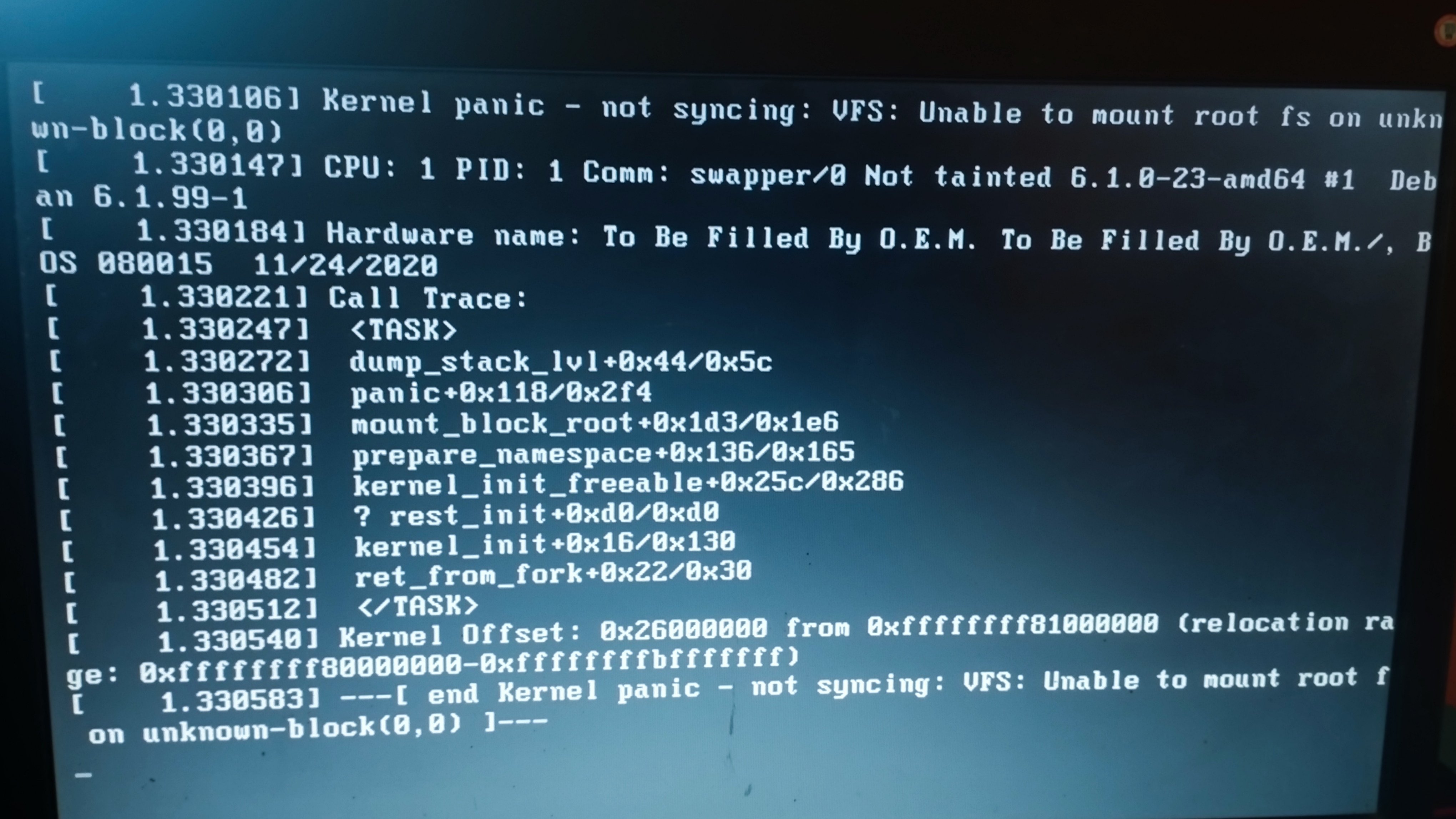
It’s a configuration error in Grub.
This has guidance on how to fix Grub; the 3rd answer on the page is the most comprehensive on how to fix this: https://askubuntu.com/questions/397485/what-to-do-when-i-get-an-attempt-to-read-or-write-outside-of-disk-hd0-error?noredirect=1&lq=1
It’s been a long time since I last installed Linux on a two hard-drive system, so take this advice as “likely not necessary, but will probably fix your issue”
The installer asks whether or not you want to “replace” the existing OS or install alongside. And if you’re fairly new to linux (like I was at the time) it can be tricky to see at a glance which hard-drive you want to install it to and which you don’t.
So to be doubly cautious and make sure that didn’t happen, I simply unplugged my secondary harddrive during the install so that the installer would automatically be reading the correct one. Then all I had to do was choose “replace” or “install alongside” without worrying about anything else.
The drawback to that was, once the install was complete and I re-attached my second drive, I had to configure it to auto-mount and do some work on that, but at least my computer was working.
This error (hd0) is typical of legacy (BIOS) booting end happens solely because of the MBR. GRUB2 is hit or miss with MBR.
If you’re not planning on dual booting with Windows XP/Vista/7, I’d recommend going to your motherboard settings and changing the boot mode to UEFI.
Then reinstall Debian. That will automatically sort things out :)
I thought the only reason to still use GRUB2 was its MBR support.
We really should be moving on at this point.
what’s next?
REFInd vor systemd-boot
Hi, it would be useful to know what kind of device you are installing on. For a laptop the model and make would be especially useful. If it is a PC then the drive configuration would be interesting (what kind of drive, how many etc.)
It’s a PC. Two Hard Disk Drives
1st Drive: SATA:PM-KINGSTON S
2nd Drive: SATA:SM-ST500LT012
edit: 1st one is of around 138GB, 2nd one has around 500GB
Ok, that looks like a fairly standard setup. I guess taking a look at the boot loader itself would be the next step. When you see the Debian bootloader you could try pressing ‘e’ to view what commands it uses internally to boot. The lines starting with “linux” and “initrd” would be most interesting.
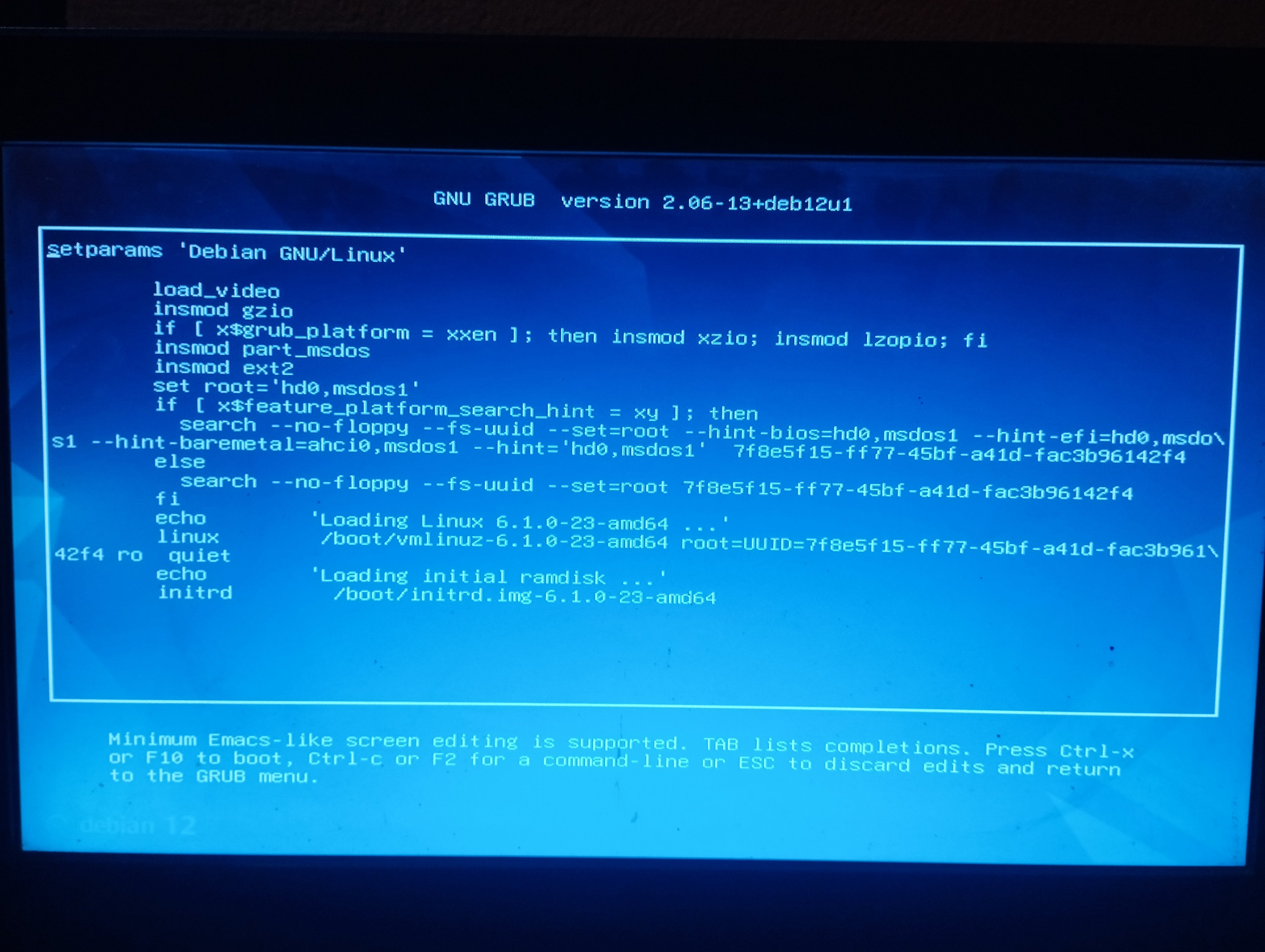
So it still uses a MSDOS partition table, interesting. This usually only happens on systems that do not support EFI at all.
Is your BIOS and main board fairly old per chance?
Yeah, around 14 years old lmao
Interesting. Looks like perhaps your boot loader isn’t properly pointing at your root partition.
I’m assuming you’ve just done the install and never successfully booted, yes? In that case, you can try to re-run the installer, or try rescue mode and try repairing the bootloader.
Are you doing dual-booting, or is this system dedicated to Linux?
Yes, I have not been able to successfully boot yet. I have already rerun the installer and tried every solution I could find online in rescue mode. Tried repairing grub too.
No, I am not dual-booting.
Were you able to get this fixed? Have you changed boot settings like uefi and secure boot in your bios?
Yeah I just gave up on my primary and installed it on my secondary disk. My problem is gone now.
Interesting. It’s got to be some security with that disk I would guess?
Try Fedora ^^
s/ The solution is always to distro hop to my distro of choice
Try anything with a straight forward installer.


